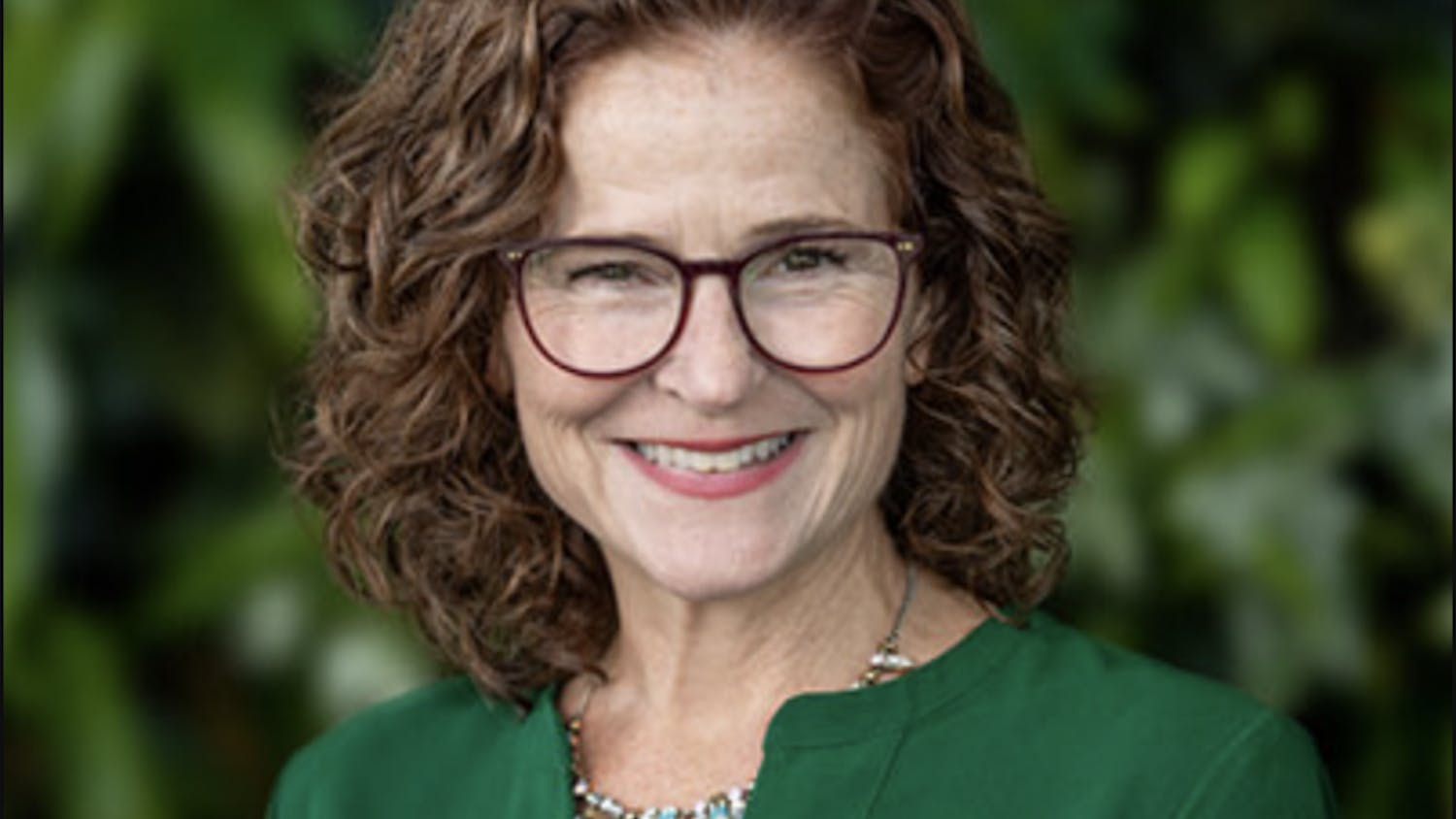The North American representative for the Asian Development Bank (ADB) — an institution seeking to reduce poverty in Asia and the Pacific — Bart W. Edes, spoke in Jenkins Nanovic Hall on Monday about his experience working for the ADB for the past 16 years and the lessons he has learned about economic growth, development and challenges facing some developing Asian countries.

The ADB, Edes said, does not work the same way many other banks do.
“We’re a bit of a mix between a commercial bank and a program like the United Nations Development Program,” Edes said. “Our overarching mission is not to make money and give the dividends to our shareholders but to fight poverty and promote inclusive, sustainable development in developing nations.”
To this end, he said the ADB is involved in financing development all across Asia in a variety of ways, from reforming education in Nepal to implementing clean energy initiatives in the Philippines to building railways in Bangladesh to constructing infrastructure for safe water in Uzbekistan.
While most of what the ADB does has to do with funding projects, its employees also conduct research on economic trends of development in Asian countries over recent years.
“In the latest estimates for 2018 for developing Asia — so not including countries such as Japan — we’re looking at about a 6.3 percent increase in gross domestic product,” Edes said.
Meanwhile, the United States achieved 2.4 percent growth over the same period, Edes said. The Asian economic sector appears to be one of the most quickly growing and developing that there is, Edes said.
“Asian countries are working in ever more integrated and cooperative ways,” he said.
When it comes to tourism, for instance, 60 percent of Chinese travelers stay inside the region, which is incredibly important to small Asian countries with large tourism industries, Edes said. The Maldives, for example, attribute 83 percent of its gross domestic product to the tourism industry, he said.
While the region is experiencing rapid economic growth and development in some areas, it is still also facing a number of challenges such as poverty, climate change — which can exacerbate monsoons, storms, mudslides and other natural phenomena common to the region — and an aging population.
“Asia is among the most vulnerable areas of the world when it comes to climate change,” Edes said. “This could lead to a real humanitarian crisis. We are responding in part by doubling down on our investments on climate change mitigation.”
Edes said the ADB is currently committed to putting six billion dollars into countering climate change by 2020.
With longevity going up and fertility rates going down across the board in Asia, the aging population may soon create a problem in some Asian countries. Edes said. A similar trend is occurring in other countries across Asia, which could lead to economic trouble as a diminishing workforce has to work increasingly hard for a growing body of dependent citizens.
“By 2030, we will have almost 30 percent of Japan’s population at an age of 65 or older,” he said.













